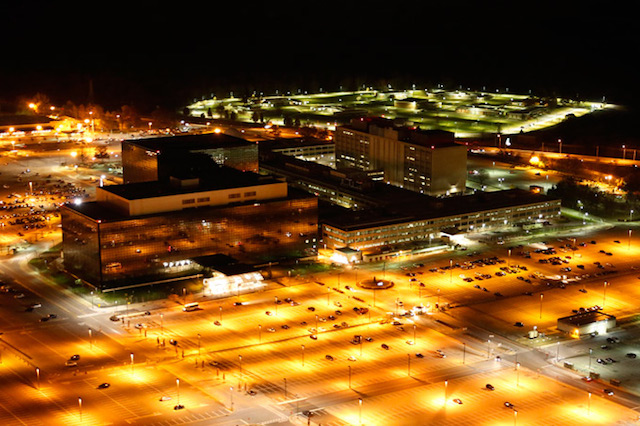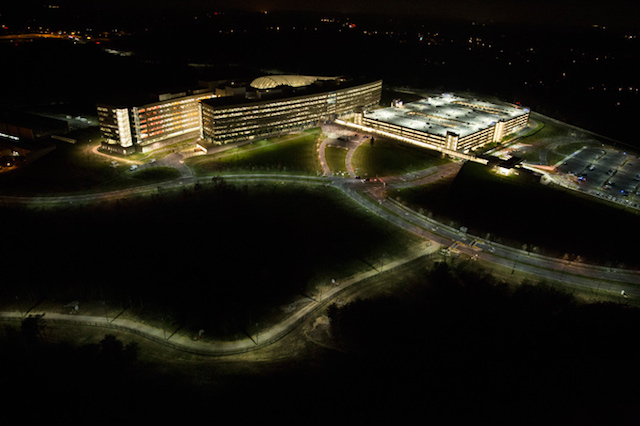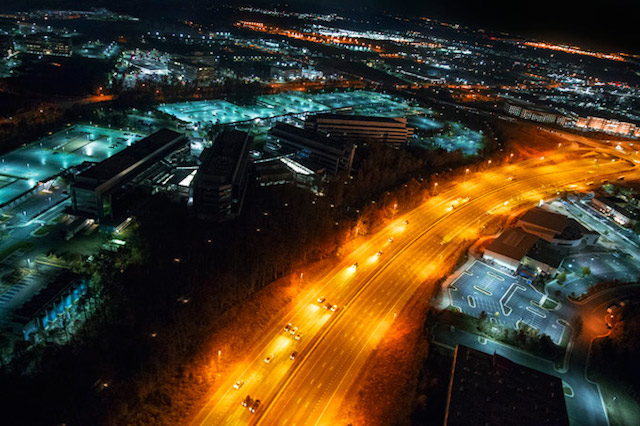
A few weeks ago, a site launched that is being hailed a major experiment for 21st century journalism and a bastion of freedom in a world increasingly less safe for adversarial journalism, even in the USA (anyone notice how far the USA dropped in the press freedom rankings this year?). That site is The Intercept, whose contributors include Glenn Greenwald and Laura Poitras (best known for their articles based on documents leaked by Edward Snowden) and Jeremy Scahill (probably best known for the book and the film Dirty Wars). So, on a site like that, where the focus is politics, law and security and the contributors are world-class journalists who specialize in those topics, would you have guessed that one of their very first articles on launch day would be by an artist? Maybe I’m not giving the arts enough credit, but I was surprised to see a post by artist Trevor Paglen on my first visit to The Intercept.
In partnership with Creative Time Reports, The Intercept published three stunning photographs by Paglen of offices that make up a small part of the America’s international intelligence/surveillance network: The headquarters of the National Security Agency, the National Reconnaissance Office and the National Geospatial-Intelligence Agency. The publication of those photos alone is interesting, but not really news for Vandalog. What really makes these three photographs special, and why I’m writing about them here, is that Paglen released them into the public domain. That means anyone can legally reuse the images pretty much however they want without having to ask Paglen’s permission, crediting him or paying him anything.

The images are just out there. Free. Ready for whatever you might need them for. Go ahead. Use them. Spread them around. Paglen’s hope is that we can have better conversations about these agencies if we can picture them. He wants these photographs to be seen.
It’s that desire for sharing, and the will to act on that desire in a way that traditionalists would argue is against the photographer’s own self-interest, that makes these images are so fascinating to me. I write in my recent ebook Viral Art about how images exist online in much the same way that street art exists in public spaces. Photos on Facebook or Tumblr reach the same general population that street art is trying to reach, except perhaps more efficiently. Sure, plenty of images get reposted and shared on the web every day, but so much of that sharing technically violates copyright laws and is illegal. In this case, Paglen is actively encouraging sharing and making it legal, which can only amplify how far and wide the photographs are spread.
These photos are artworks not just because they’re beautiful images of interesting subject matter and speak to issues of the surveillance state. They’re conceptual artworks in which we are all implicated by our moral obligation and legal right to freely share them, a legal right that Paglen has chosen to grant us. And I’m writing about them because Paglen’s choice of licensing makes them organic viral art, in the freest way possible, and I also felt an obligation to share the images.
Plus, I wanted to finally write about some viral art that is completely disconnected from street art, hopefully providing some idea to those who haven’t yet read the book of my thinking about what viral art is and can be.

Photos by Trevor Paglen
